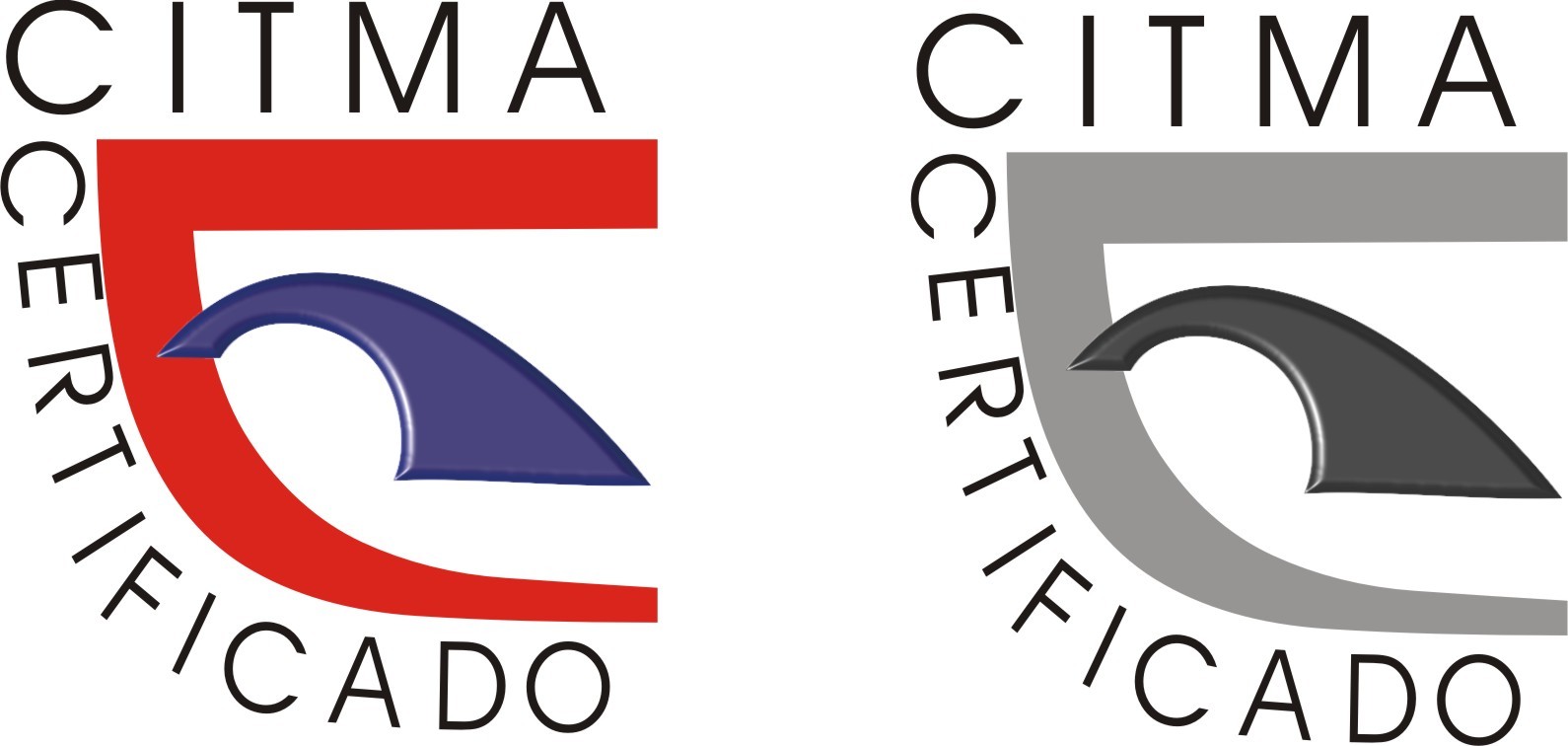Palabras clave:
Estados Unidos, China, Sudeste Asiático, ASEAN, confrontación geoestratégica, conflicto del Mar del Sur de China, guerra comercial, contradicciones sino-estadounidenses, Pivot to AsiaResumen
Las contradicciones entre Estados Unidos y China constituyen uno de los principales conflictos del escenario internacional actual, y en la última década se han ido acrecentando hasta desembocar en una confrontación geoestratégica. Una de las áreas donde mejor se aprecia este fenómeno es el Sudeste Asiático, debido a su importancia diplomática, económico-financiera y de seguridad para ambas naciones. Entre los años 2012 y 2020, las acciones tanto de Washington como de Beijing en estos ámbitos marcaron sus políticas exteriores hacia esta área, con un cambio en la correlación de fuerzas en la región que se aprecia favorable a la RPCh, dado principalmente por su creciente integración en el ámbito económico-financiero con el área. No obstante, la relevancia de EE.UU. en la región garantizan su permanencia como actor clave en el Sudeste Asiático.
*El autor, como ejercicio de culminación de estudios presentó el trabajo de diploma titulado “La confrontación geoestratégica entre Estados Unidos y China: el Sudeste Asiático”, del cual se presenta una versión reducida en el presente artículo.
Citas
Banco Asiático de Inversiones e Infraestructura (2021): Proyectos aprobados, https://www.aiib.org/en/projects/approved/index.html.
Bates, G.; E. Goh y C. H. Huang (2016): The dynamics of US-China-Southeast Asia relations. United States Studies Centre at the University of Sydney, https://united-states-studies-centre.s3.amazonaws.com/attache/06/e5/c9/40/e1/04/26/b6/84/4f/2f/ff/9d/a6/2f/79/MacArthur%20Final%20Report%20ALL.pdf.
BBC News (2012, julio 13): ASEAN nations fail to reach agreement on South China Sea, https://www.bbc.com/news/world-asia-18825148.
Burgess, S. (2020): Confronting China’s Maritime Expansion in the South China Sea. Departamento de Defensa de Estados Unidos, https://media.defense.gov/2020/Aug/31/2002488087/-1/-1/1/BURGESS.PDF.
CIMB ASEAN Research Institute (2018): China’s Belt and Road Initiative (BRI) and Southeast Asia, https://www.lse.ac.uk/ideas/Assets/Documents/reports/LSE-IDEAS-China-SEA-BRI.pdf.
Connelly, A. (ed.) (2017): Southeast Asian perspectives on US–China competition. Lowy Institute, https://cdn.cfr.org/sites/default/files/report_pdf/Report_Southeast_Asian_Perspectives_Lowy_CFR_OR_0.pdf.
Departamento de Estado de Estados Unidos (2019): A Free and Open indo-Pacific: advancing a shared vision, https://www.state.gov/wp-content/uploads/2019/11/Free-and-Open-Indo-Pacific-4Nov2019.pdf.
Dollar, D. (2020): China and the West competing over infrastructure in Southeast Asia. Brookings Institute, https://www.brookings.edu/wp-content/uploads/2020/04/fp_20200424_infrastructure_southeast_asia.pdf.
Dunst, C. (2020): Battleground Southeast Asia: China’s Rise and America’s Options. LSE Ideas Strategic Update, March 2020, https://www.lse.ac.uk/ideas/Assets/Documents/updates/LSE-IDEAS-Battleground-Southeast-Asia.pdf.
Fook, L. (2020): China’s Southeast Asian Charm Offensive: Is It Working? ISEAS-Yusof Ishak Institute, 2020(108), https://www.iseas.edu.sg/wp-content/uploads/2020/09/ISEAS_Perspective_2020_108.pdf.
Ford, L. (2018): The US-ASEAN Partnership in the Indo-Pacific. Asia Society Policy Institute, https://asiasociety.org/sites/default/files/2018-07/US-ASEAN%20Paper_2.pdf.
Global Development Policy Center (2021): China's overseas development finances, https://www.bu.edu/gdp/chinas-overseas-development-finance/.
Hamanaka, S. (2014): Trans-Pacific Partnership versus Regional Comprehensive Economic Partnership: control of membership and agenda setting. Asian Development Bank, https://www.adb.org/sites/default/files/publication/152753/reiwp-146.pdf.
Harding, B. y K. Tran (2019): U.S.-Southeast Asia Trade Relations in an Age of Disruption. Center for Strategic and International Studies, https://csis-website-prod.s3.amazonaws.com/s3fs-public/publication/190627_HardingandTran_SoutheastAsiaTradeRelations_layout_FINAL.pdf.
Hung, M. T. y T. Liu (2011): Sino-U.S. Strategic Competition in Southeast Asia: China’s Rise and U.S. Foreign Policy Transformation since 9/11. Political Perspectives, 5 (3), 96-119, http://www.politicalperspectives.org.uk/wp-content/uploads/Sino-US-strategic-competition1.pdf.
Oduardo Torres, Y. C. (2017): Factores que han condicionado la Política de Seguridad Nacional de la República China durante el gobierno de Xi Jinping (2012- 2016). [Tesis de licenciatura, Instituto Superior de Relaciones Internacionales]. Biblioteca digital del Instituto Superior de Relaciones Internacionales.
Oficina del Historiador del Instituto de Servicios Exteriores de Estados Unidos (2021): Visitas al exterior realizadas por el presidente Barack Obama, https://history.state.gov/departmenthistory/travels/president/obama-barack.
Pence, M. (2018): Declaraciones ofrecidas por el vicepresidente Mike Pence respecto a la política de su administración referente a China. Hudson Institute, https://www.hudson.org/events/1610-vice-president-mike-pence-s-remarks-on-the-administration-s-policy-towards-china102018.
Representante de Comercio de Estados Unidos (2021): Association of Southeast Asian Nations (ASEAN), https://ustr.gov/countries-regions/southeast-asia-pacific/association-southeast-asian-nations-asean.
Representante de Comercio de Estados Unidos (2021): U.S.-ASEAN-10 Trade and Investment Facts, https://ustr.gov/issue-areas/trade-organizations/association-southeast-asian-nations-asean/us-asean-10-trade-and.
Rubiolo, F. (2020): The South China Sea Dispute: A Reflection of Southeast Asia’s Economic and Strategic Dilemmas (2009-2018). Revista de Relaciones Internacionales, Estrategia y Seguridad, 15(2), 115-130, https://doi.org/10.18359/ries.4336.
Searight, A. (2017): Revitalizing U.S.-ASEAN Relations. Gobierno de Estados Unidos, https://docs.house.gov/meetings/FA/FA05/20170517/105979/HHRG-115-FA05-Wstate-SearightA-20170517.pdf.
Secretaría de ASEAN (2018): Visión estratégica de la asociación ASEAN-China para 2030, https://asean.org/storage/2018/11/ASEAN-China-Strategic-Partnership-Vision-2030.pdf.
Secretaría de ASEAN (2019): Overview of ASEAN-US dialogue relations 2019, https://asean.org/storage/2019/11/Overview-of-ASEAN-US-Dialogue-Relations-for-web_as-of-17Nov2019.pdf#page=1yzoom=auto,-99,798.
Secretaría de ASEAN (2020a): Anuario Estadístico de ASEAN 2020, https://aseandse.org/wp-content/uploads/2021/02/ASYB_2020.pdf.
Secretaría de ASEAN (2020b): Overview of ASEAN-China Dialogue Relations, https://asean.org/storage/2012/05/Overview-of-ASEAN-China-Relations-22-Apr-2020-00000002.pdf.
Secretaría de Estado de Estados Unidos (2021): The U.S.-ASEAN Expanded Economic Engagement (E3) Initiative, https://2009-2017.state.gov/r/pa/prs/ps/2013/10/215235.htm.
Servicio de Investigación del Congreso de Estados Unidos (2021): U.S.-China Strategic Competition in South and East China Seas: Background and Issues for Congress, https://fas.org/sgp/crs/row/R42784.pdf.
Sheng, Y. (2017): China’s Belt and Road Initiative: Opportunities and Risks for Singapore and ASEAN. Marsh Report, August 2017, https://www.marsh.com%2Fcontent%2Fdam%2Fmarsh%2FDocuments%2FPDF%2Fasia%2Fen_asia%2FBelt_and_Road_Initiative_Opportunities_and_Risks_fo.
Storey, I. y M. Cook (2018): The Trump Administration and Southeast Asia: America’s Asia Policy Crystalizes. ISEAS-Yusof Ishak Institute, 2018(77), .https://www.iseas.edu.sg/images/pdf/ISEAS_Perspective_2018_77@50.pdf.
Stromseth, J. (2020): Competing with China in Southeast Asia: the economic imperative. The Brookings Institution, https://www.brookings.edu/wp-content/uploads/2020/11/Jonathan-Stromseth.pdf.
Trump, D. (2017): Discurso ofrecido por el presidente Donald Trump en el marco del Cumbre de APEC de noviembre del 2017. Embajada de Estados Unidos en Vietnam, https://vn.usembassy.gov/20171110-remarks-president-trump-apec-ceo-summit/.
United Overseas Bank y Hong Kong University of Science and Technology (2020): The Belt and Road Initiative in ASEAN, https://iems.ust.hk/assets/publications/reports/2021/uob/hkustiems-uob_bri_overview.pdf
USAID (2021a): ASEAN Connectivity through Trade and Investment, https://www.usaid.gov/asia-regional/fact-sheets/asean-connectivity-through-trade-and-investment.
USAID (2021b). U.S.-ASEAN Connect. https://www.usaid.gov/asia-regional/fact-sheets/us-asean-connect
Wong, E. y M. Crowley (2020, julio 13): U.S. Says Most of China’s Claims in South China Sea Are Illegal. The New York Times, https://www.nytimes.com/2020/07/13/world/asia/south-china-sea-pompeo.html.
Xinhua (2017a, enero 16). La visión de Xi del mundo: Una comunidad de destino común, un hogar compartido para la humanidad. http://spanish.xinhuanet.com/2017-01/16/c_135986889.htm
Xinhua (2017b, mayo 9): Datos de la Franja y la Ruta: Corredores económicos bajo la Iniciativa de la Franja y la Ruta, http://spanish.xinhuanet.com/2017-05/09/c_136269056.htm.
Xinhua (2020, noviembre 20): Texto íntegro de las palabras del Presidente Xi Jinping en la 27ma Reunión de Líderes Económicos de la APEC, http://www.xinhuanet.com/english/2020-11/20/c_139531308.htm.
Yan, J. (2018): The Belt and Road Initiative in Southeast Asia. LSE IDEAS, https://www.lse.ac.uk/ideas/Assets/Documents/reports/LSE-IDEAS-China-SEA-BRI.pdf.
Zhang, Y. y Y. Wang (2017): ASEAN in China’s Grand Strategy. Chinese Academy of Social Sciences, https://www.eria.org/ASEAN_at_50_4A.9_Zhang_and_Wang_final.pdf.


